Mosque Name: Sultan Yaʿqūb Tomb
Country: Lebanon
City: Sultan Yaʿqūb
GPS: 33.644314, 35.859838
Gibson Classificaton: Petra
Rebuilt facing Mecca: never
Description:
Who was Sultan Yaʿqūb?
Uncovering the story behind this tomb and the man buried in it has been a challenge, but it has also revealed a fascinating bit of Islamic history.
Sultan Yaʿqūb, nicknamed Al-Mansouri, was born in 545 AH in Morocco and died 595 AH. (1150 - 1199) There is some inconsistency with these dates, as some records have him being born ten year earlier than others. In essence, it is the Lebanese story versus the Moroccan story.But the records agree that he reigned from 1184 – 1199 from Morocco.
Wikipedia states his name and birth date as: Abū Yūsuf Yaʿqūb ibn Yūsuf ibn Abd al-Muʾmin al-Manṣūr (Arabic: أبو يوسف يعقوب بن يوسف بن عبد المؤمن المنصور; c. 1160 Morocco – 23 January 1199 Marrakesh, Morocco), commonly known as Jacob Almanzor (Arabic: يعقوب المنصور) or Moulay Yacoub (مولاي يعقوب), was the third Almohad Muslim Caliph.
Succeeding his father and grandfather, al-Mansur reigned from 1184 to 1199. His reign was distinguished by the flourishing of trade, architecture, philosophy and the sciences, as well as by victorious military campaigns in which he was successful in repelling the tide of Christian Reconquista in the Iberian Peninsula.
Al-Mansur’s father was killed in Portugal on 29 July 1184. Upon reaching Seville with his father’s body on 10 August, Al-Mansure was immediately proclaimed the new Umayyad caliph. Al-Mansur vowed revenge for his father’s death, but first he inflicting a defeat on the Banu Ghaniya, and then set off for the Iberian Peninsula to avenge his father’s death.
His July 1190 siege of Tomar, the center of the Portuguese Templars failed to capture the fortress. However, further south in 1191, he recaptured a major fortress, Paderne Castle and the surrounding territory near Albufeira, in the Algarve – which had been controlled by the Portuguese army of King Sancho I since 1182. Having inflicted other defeats on the Christians and captured major cities, he returned to Morocco with three thousand Christian captives. Upon Al-Mansur’s return to Africa, however, Christians in Iberian Peninsula resumed the offensive, capturing many of the Moorish cities, including Silves, Vera, and Beja.
When Al-Mansur heard this news, he returned to the Iberian Peninsula, and defeated the Christians again. This time, many were taken in chained groups of fifty each, and sold as slaves in Africa upon Al Mansur’s return.
The Christians then mounted the largest army of that period, over 300,000 men, to defeat Al-Mansur. However, Al-Mansur quickly returned to Iberia and defeated Castilian King Alfonso VIII Alfonso’s army in the Battle of Alarcos in 1195. It was said that Al-Mansur’s forces killed 150,000 and took money, valuables and other goods “beyond calculation”. It was after this victory that he took the title al-Mansur Billah (“Made Victorious by God”). Al-Mansur’s share of the loot was used to fund construction of new mosques.
During his reign, Al-Mansur undertook several major projects. He built the Qasbah of the Udayas in Rabat and Kutubiya and El Mansouria mosques in Marrakech, accessed by Bab Agnaou and Bab Ksiba in the southern part of its medina. He attempted to build what would have been the world’s largest mosque in Rabat. However, construction on the mosque stopped when al-Mansur passed on rule to his son. Only the beginnings of the mosque had been completed, including the Hassan Tower.
Like many of the Almohad caliphs, Al-Mansur was highly trained religiously. He favored the Zahirite or literalist school of Muslim jurisprudence as per Almohad doctrine and possessed a relatively extensive education in the Muslim prophetic tradition. He even wrote his own book on the recorded statements and actions of the prophet Muhammad. Mansur’s Zahirite literalist leaning was clear when he ordered his judges to exercise judgment only according to the Qur’an. Mansur’s father Abu Yaʿqūb had appointed Ibn Maḍāʾ as chief judge and the two of them oversaw the banning of all non-Zahirite religious books. In other words, books that did not take a literal interpretation of Islamic history and doctrine were destroyed throughout North Africa and Spain. Mansur was not satisfied with what his father had done so when he inherited the throne, he ordered Ibn Maḍāʾ to personally oversee undertake the search for and burning of such books.
Al-Mansur also sent a fleet of Moroccan ships against the Crusaders along the coasts of the Eastern Mediterranean, and even in the Red Sea, where his ships lent a hand against Renaud de Chatillon in 1182 who wanted to sail against Mecca.
Following the capture of Jerusalem by Saladin in 1187, an appeal went out to Muslim families from the Maghreb and Morocco to help repopulate of the holy city of Jerusalem (Al-Quds) and the surrounding areas. For example, Moroccans established a neighborhood in Jerusalem that later became known as the “Magharibas (Moroccan) neighborhood.” Some Palestinians in Jerusalem are descended from these Moroccans who settled in the Holy Land.
It is commonly believed that Al-Mansure died on 23 January 1199 in Marrakech, Morocco.(Huici Miranda, A. (1986) [1960]. “Abū Yūsuf Yaʿḳūb b. Yūsuf b. ʿ Abd al-Muʾmin al-Manṣūr”. In Bearman, P.; Bianquis, Th.; Bosworth, C.E.; van Donzel, E.; Heinrichs, W.P. (eds.). Encyclopaedia of Islam. I (2nd ed.). Leiden, Netherlands: Brill Publishers. p. 166. ISBN 9004081143)
However “The Modern Traveler:*Palestine*” By Josiah Conder (page 369-370) claims that his tomb was in Rabat, not Marrekech and that people treated him as a saint and visited Al-Mansur’s tomb just outside of Rabat.
This is where the story takes an interesting twist, as there is also tomb for Sultan Yaʿqūb al-Mansur in Lebanon.To pick up the story, we need to turn to Lebanese sources.
The Lebanese Story
There is a small village in the Beka’a valley in Lebanon called Sultan Yaʿqūb, a few kilometers from the boundary between Lebanon and Syria. The villagers say they are Sunni Muslim and also they strongly support the Umayyads, even up till today.
These villagers claim that Caliph Yaʿqūb Al-Mansur, from Morocco moved to a massive hill top near their village in Bilad Al-Sham to only pray and live a religious life. He was an old man when he arrived, and some years later, when he died, the villagers treated him like a saint and so he was buried in the top of that mountain that was named after him. The village around his tomb became known as the Sultan Yacoub Village.
Sultan Yaʿqūb was buried in his house, which he built during his life and used as a place of prayer, and it later became his tomb. This tomb has been used as a focal point for prayer for centuries. (See the videos below)
At some point after this, a mosque was built beside the tomb, to accommodate more people. Over the years, worshipers from Lebanon, Syria, and Palestine came to visit the tomb and the Sultan was considered as a saint. Some visitors came from as far away as Morocco. The villagers sometimes treated the Sultan nearly as a prophet sent by God to them. It is no wonder that they build the larger mosque with a Qibla identical Qibla in al-Mansur’s tomb.
Since the village was in two parts: one at the top of the mountain (Sultan Yaʿqūb Fouka or Upper) and another at the feet of the mountain (Sultan Yaʿqūb Tahta) there ended up being two mosques with a Petra Qibla: one at the upper village and one in the lower village. What is amazing is that both of these mosques have a Petra Qibla.
Back in the 1990s it is reported that someone brought a compass to the village and showed everyone that the Qibla was not pointed to Mecca. This created an uproar. After many months, the villagers admitted that there was something wrong and they changed the direction by stringing ropes above the carpet to show the real direction to Mecca. A few years ago, the village built a third mosque beside the second mosque in the lower village. This mosque is directed ‘correctly’ to Mecca.
The Caliph was known as Sultan Yaʿqūb Al-Mansoori, and he became a role model for Muslim ascetics.A plaque in the Tomb tells us that he was born in the year 554 AH, and died in the year 596 AH.It says that Ibn Khaldan visited this tomb, and stayed in the valley in the towns of Aita al-Fakhar and Hamara (Al-Manara).
The plaque tells us that after Yaʿqūb al Mansouri handed the Ummayad Eastern half o the empire to his son that he journeyed to the Levant. Apparently Sultan Yaʿqūb was afflicted with a disease from when he was fighting the Franks. So after putting the empire into his son’s hands, he moved to theBeka’a Valley as an ascetic and spent the rest of his life worshiping and studying. This move may have been part of Sultan Yaʿqūb’s last official act, when he responded to the call of Salah Uddin Al-Ayyubi for Muslims from all over the world to move to Jerusalem and area to repopulate the lands after so many had been killed in the crusades. This may have been when Caliph Yaʿqūb made a move to the Levant.
In his book, Safwat al-Adab and Diwan al-Arab, Ahmed bin Abd al-Salam al-Jaradi narrates that the Jacobean dinars are attributed to Sultan Yaʿqūb, and Ibn Khalkan tells in his book “The Deaths of Notables” a story of Prince Yaʿqūb’s sister who was the wife of an African prince from the sons of Abdul Wahid.
Sultan Yaʿqūb’s house became a shrine and eventually a small mosque was built beside in the days of the martyr Nur al-Din. He is remembered as a Muslim a great leader, a saint, a scholar, Zahid literalist, and a devout worshiper.
Qibla
One of the curious aspects of the tomb and mosque is that they have a distinct Qibla that faces Petra.Remember, this is the year 1199. The crusades are over, and Muslims are reclaiming the land. When Caliph Yaʿqūb returned, he was a staunch Umayyad Zahid literalist. In his own country, he had constructed great mosques, all of them using a Parallel Qibla. Now that he had moved to the Levant, what Qibla would he use? The Parallel Qibla made no sense in the Levant, and I am sure he was loath face Mecca, which was embraced by the Abbasids. From the archeological evidence, it seems he chose a Petra Qibla. This Qibla was adopted by the local villagers as well. It was not until the 1990s that the villagers discovered that they were not facing Mecca when they prayed.The reason for their own Qibla had long been lost centuries before this. It is only in recent years that educated Muslims, who have left the village for other lands, began to realize that a Petra Qibla was a viable Qibla.
References
History of the Dominion of the Arabs in Spain. Volume 3 Translated by José Antonio Conde
Personal correspondence with villagers from Sultan Yaʿqūb
Below: Video: Visit the Tomb/Shrine
Below: Worship/adoration at the tomb
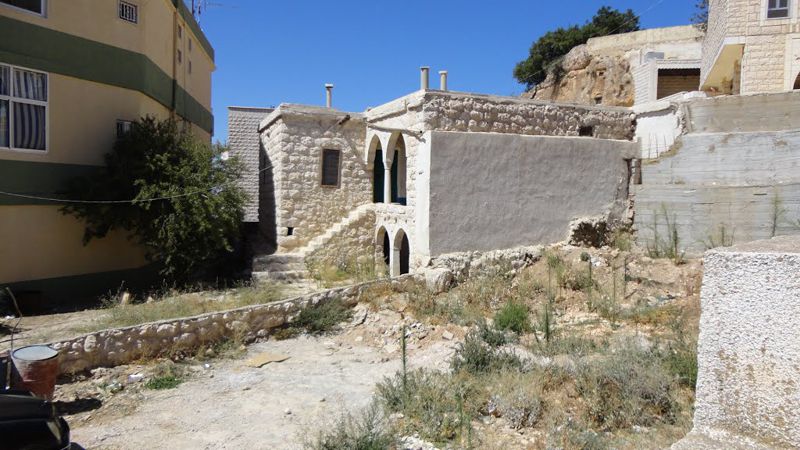
The tomb some years ago
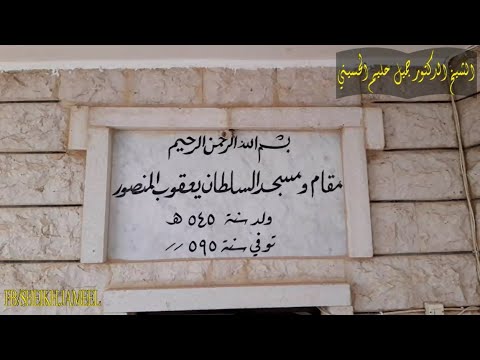
Plaque
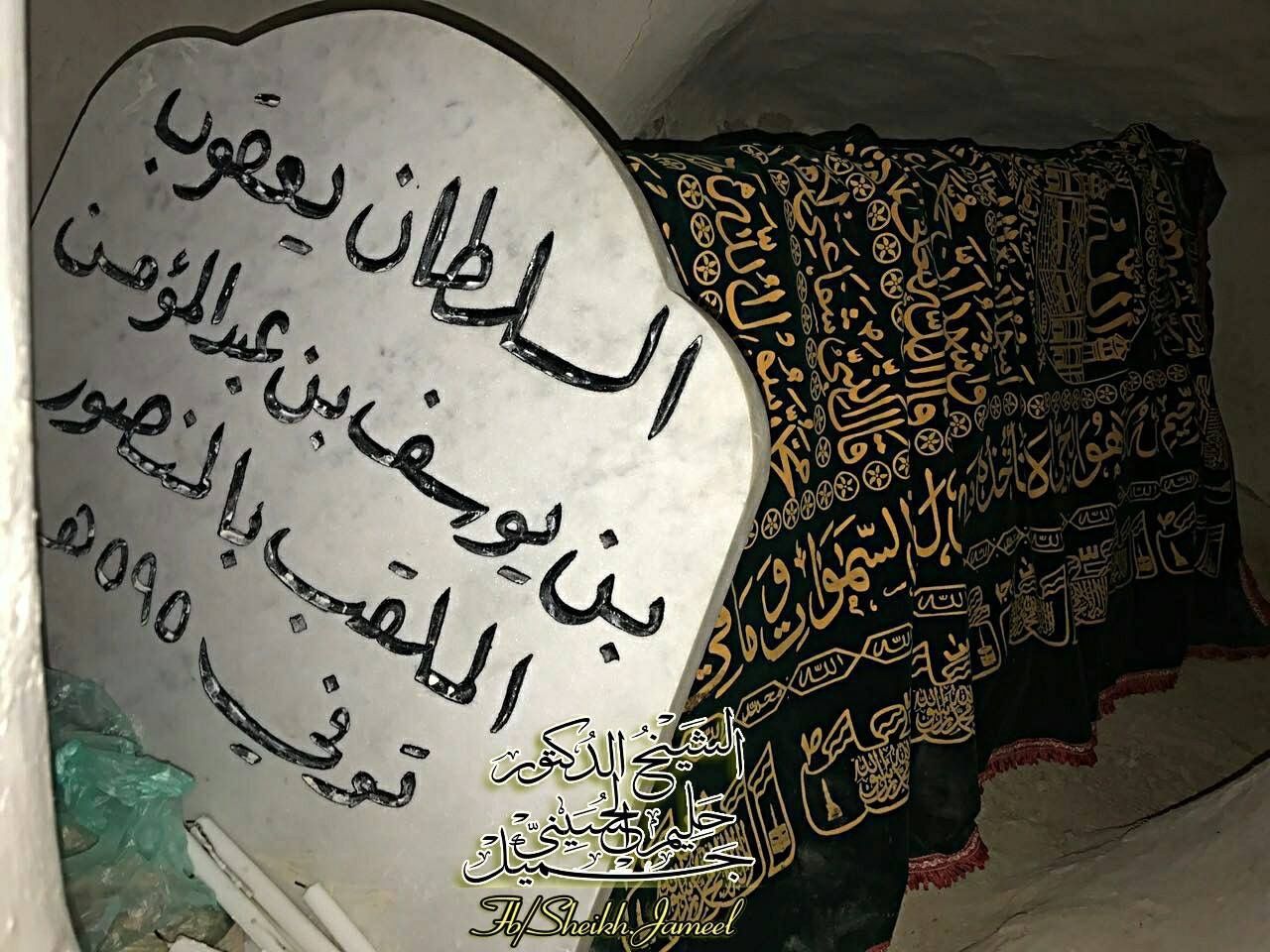
Tomb marker

Yacoub's Home
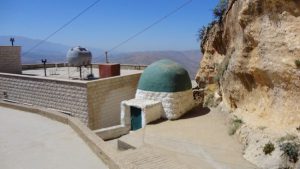
Modern Dome
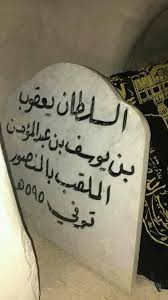
Tomb Marker
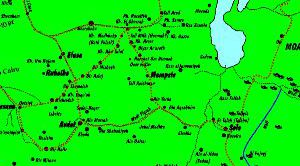

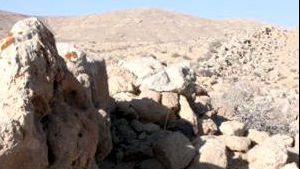

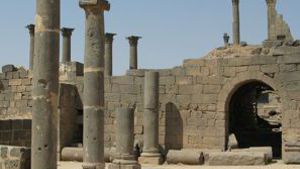
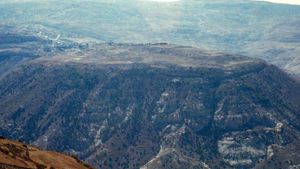

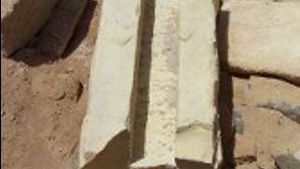
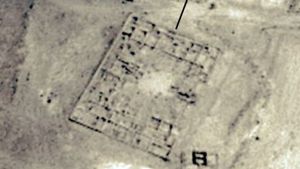

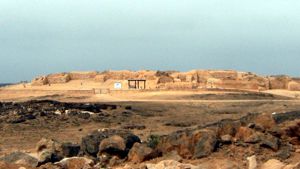
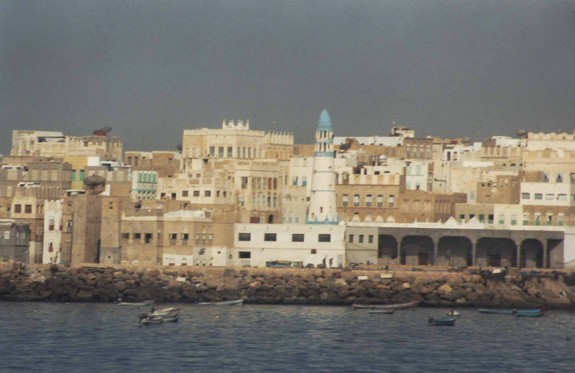
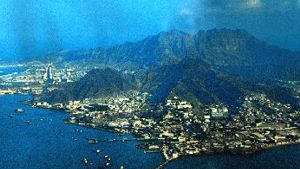
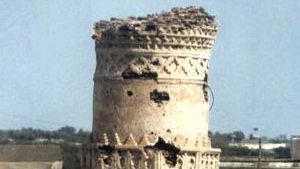
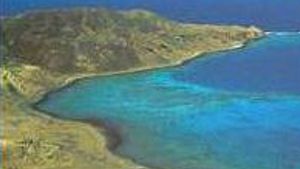
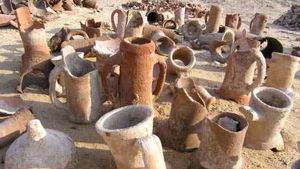
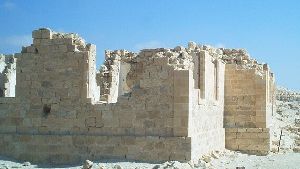
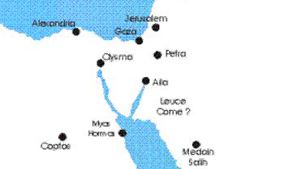
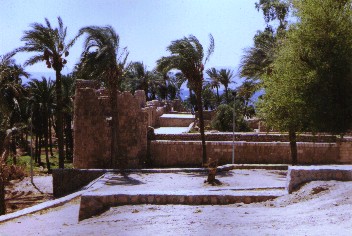
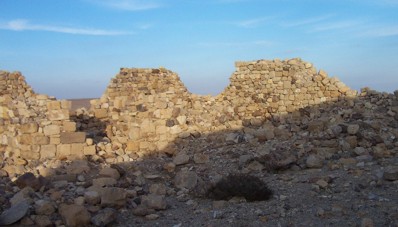
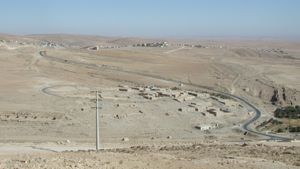
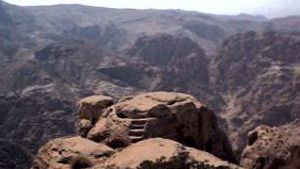
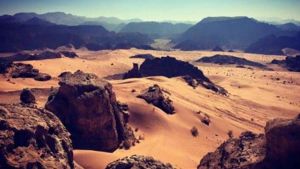

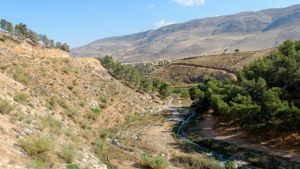
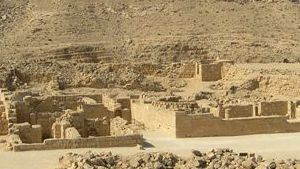
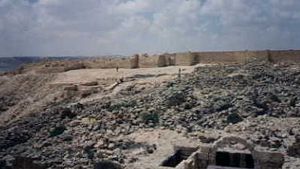
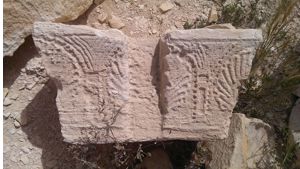


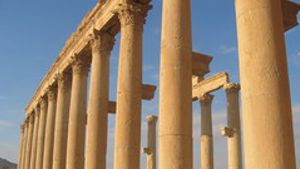

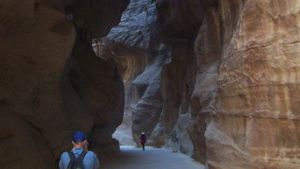

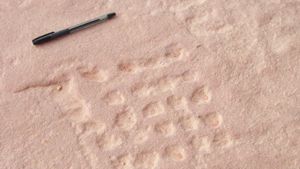

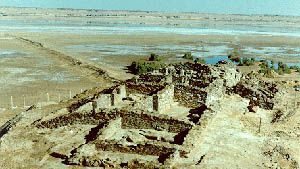
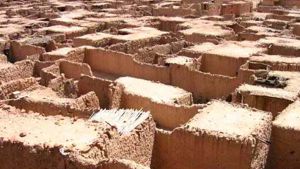
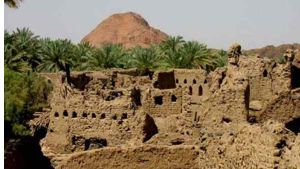
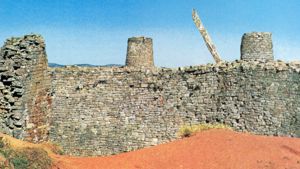
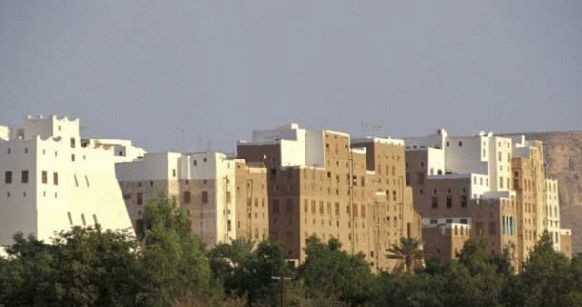
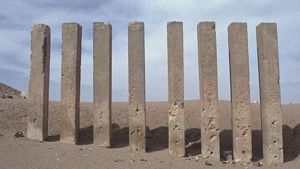
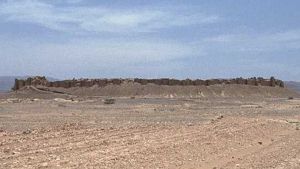
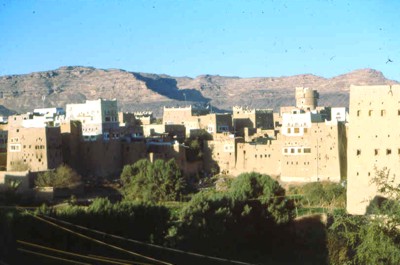


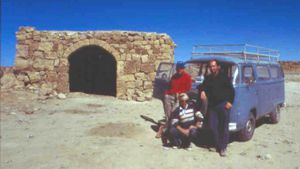
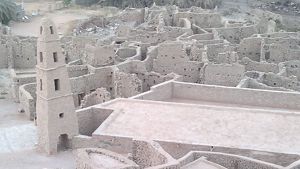
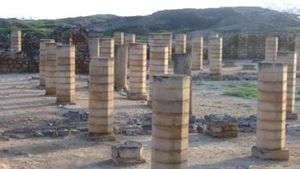


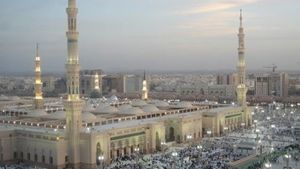
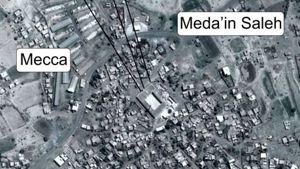
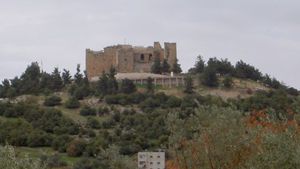
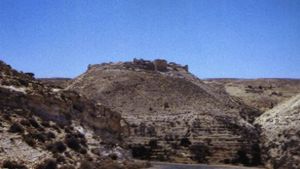
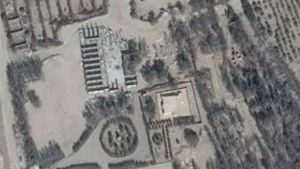
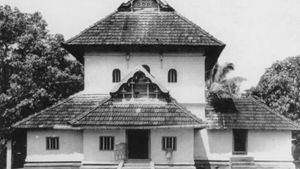
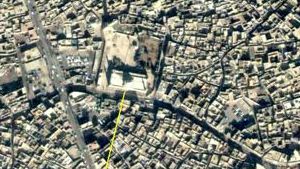
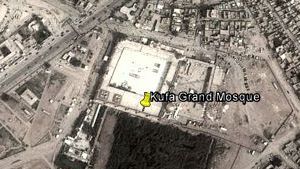


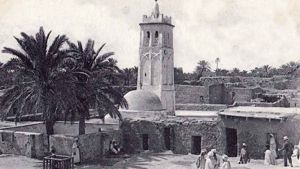
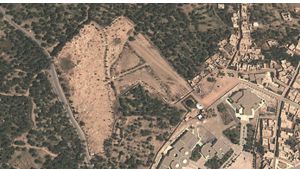
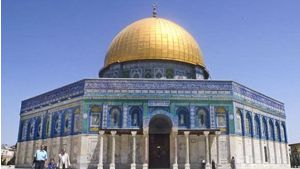
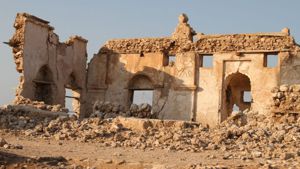
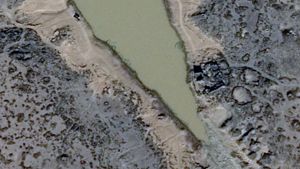
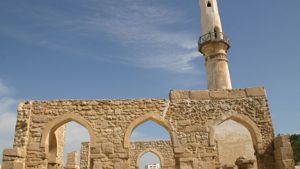
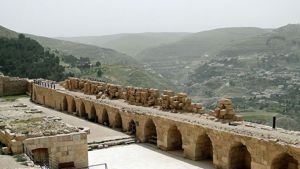
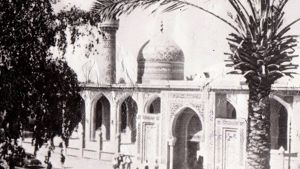
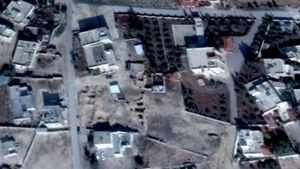
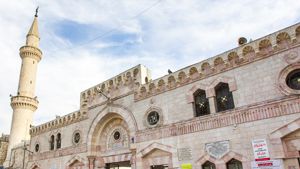

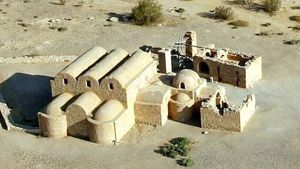
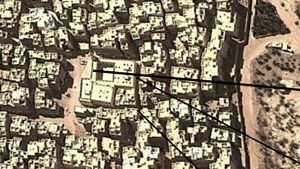
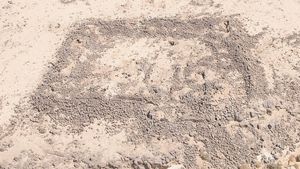
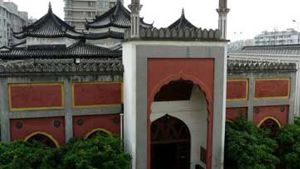
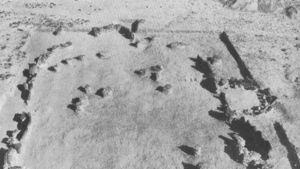
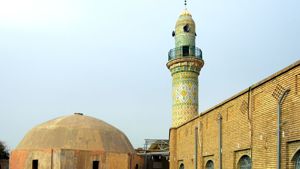
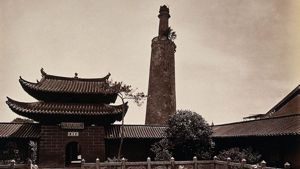
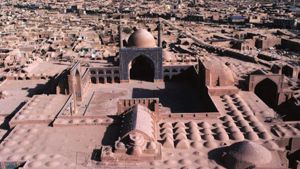
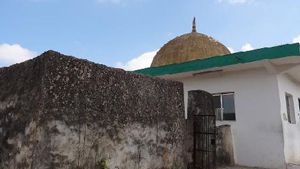
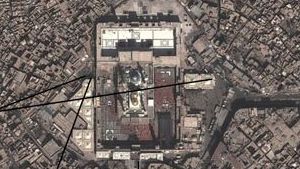
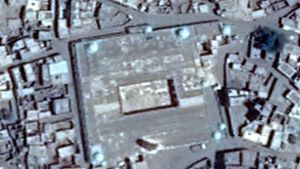
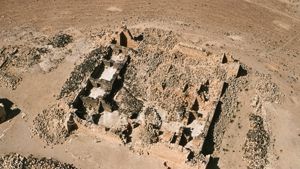
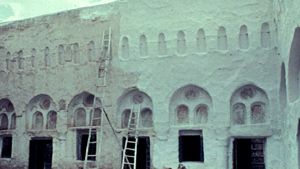

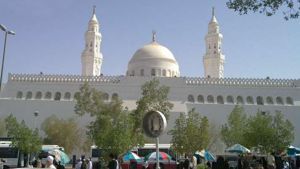
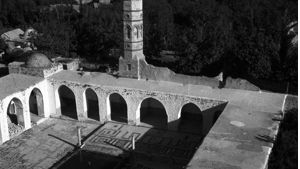
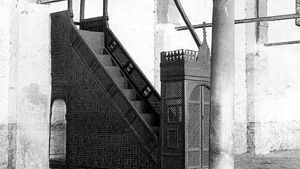
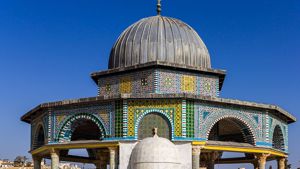

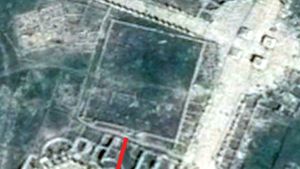
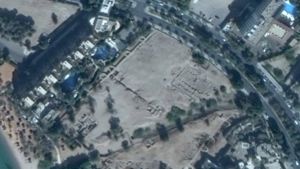
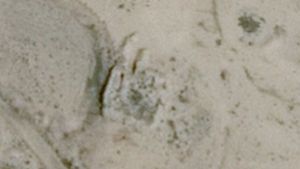
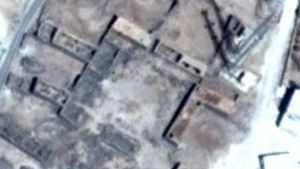
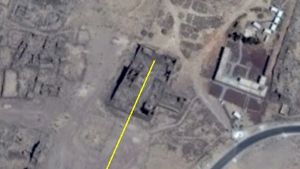
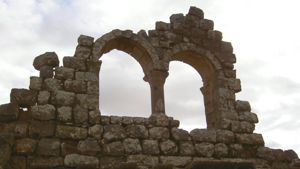
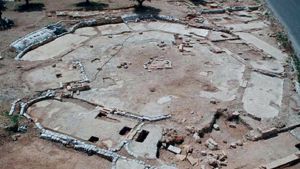
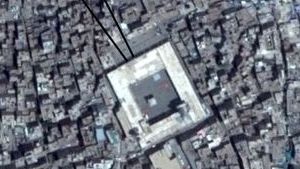

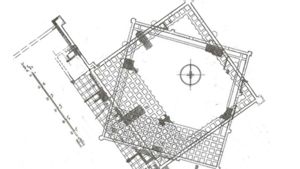
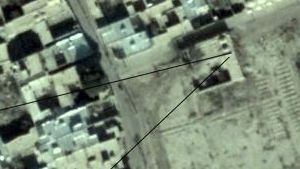

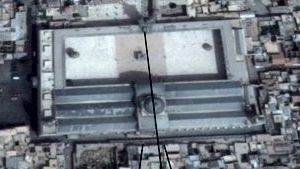
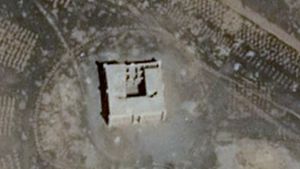

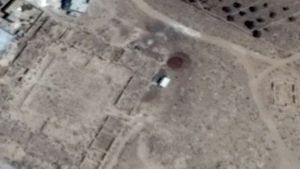
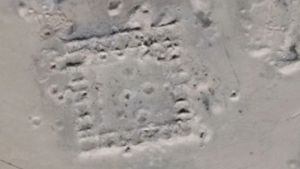
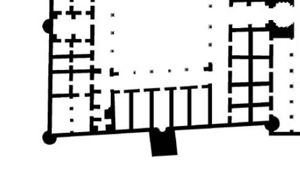

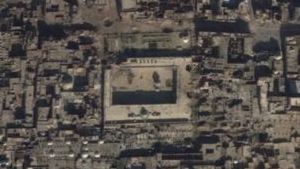
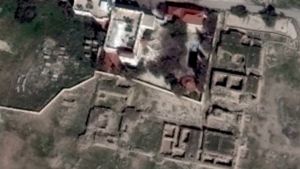
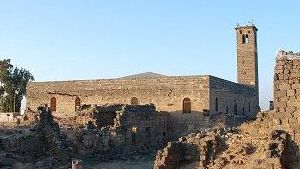
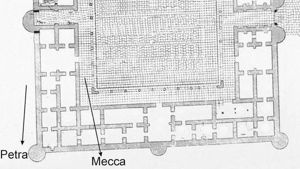
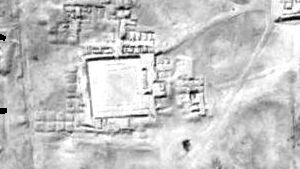
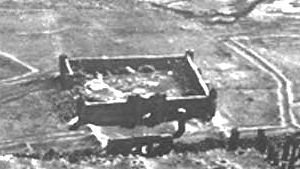
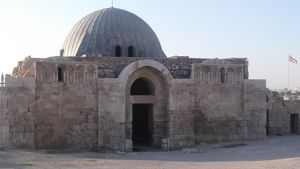
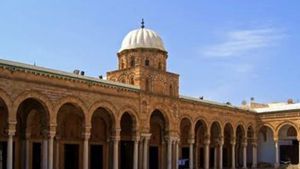
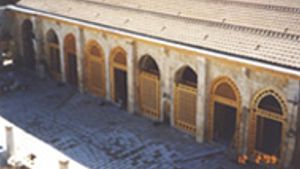

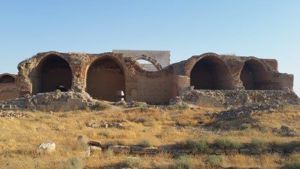
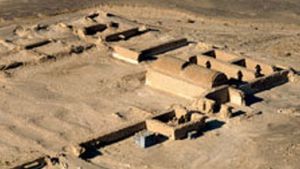
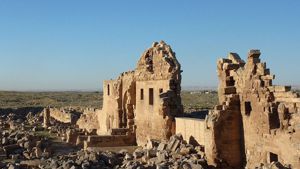
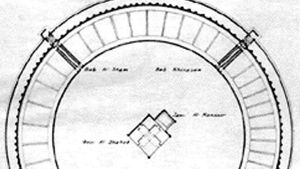
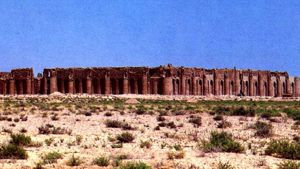
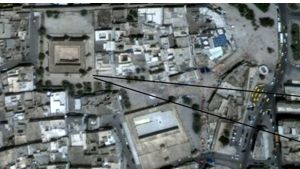
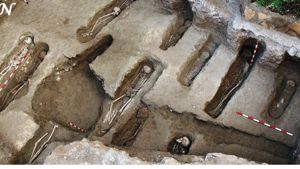
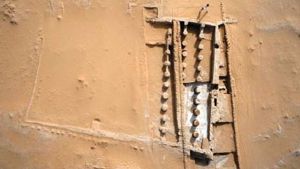
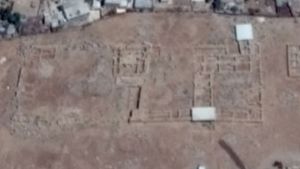
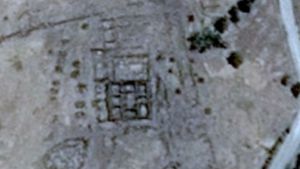
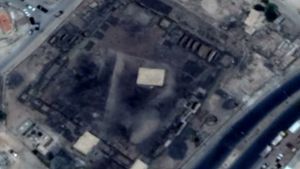
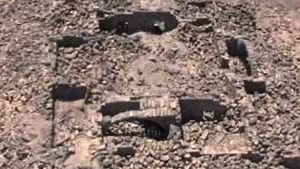
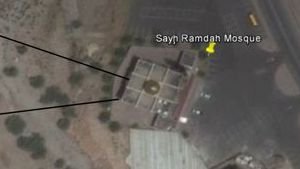
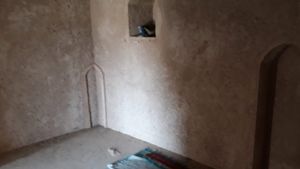

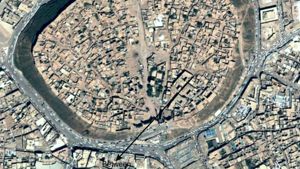
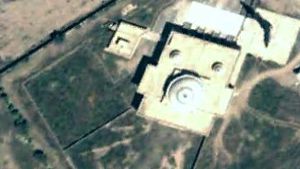
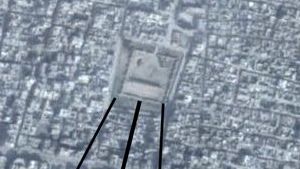
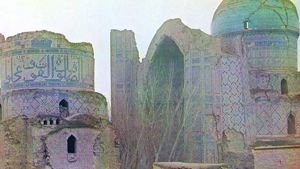
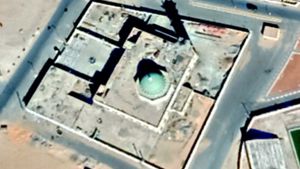

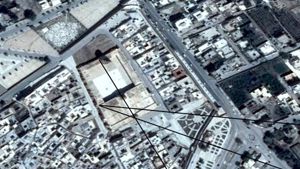
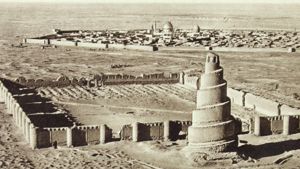
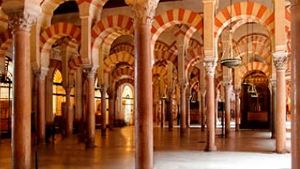
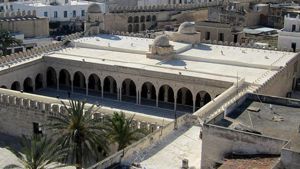
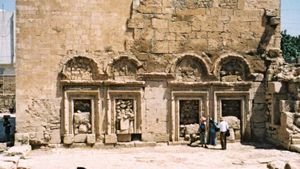
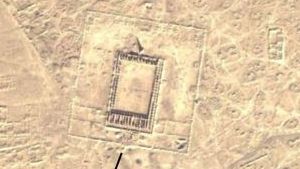
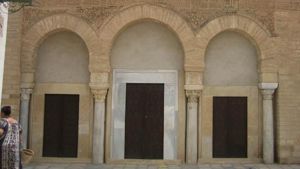
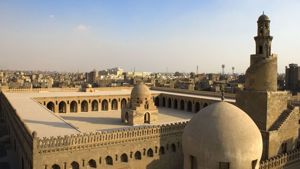
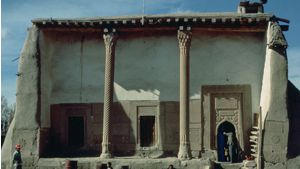
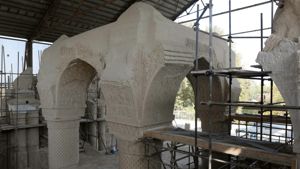
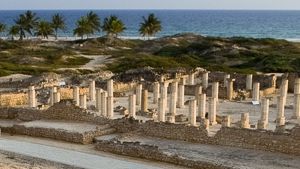
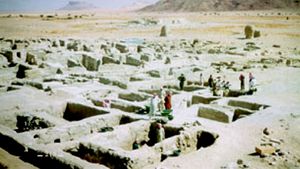
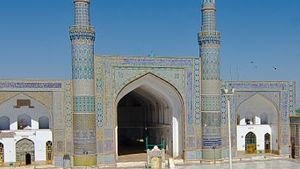
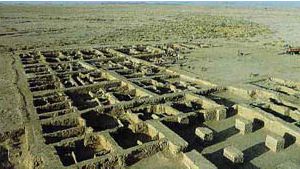
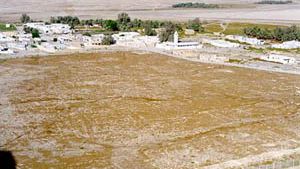
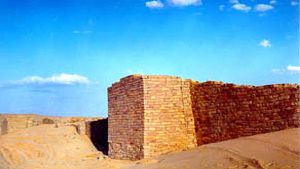
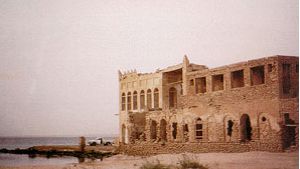

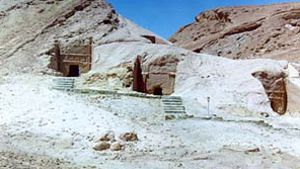
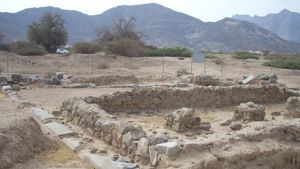
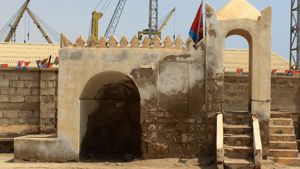
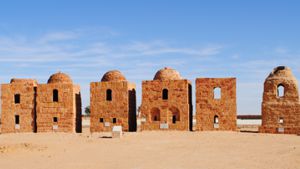
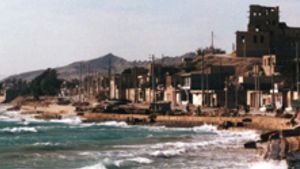
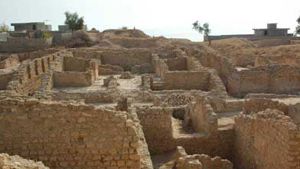
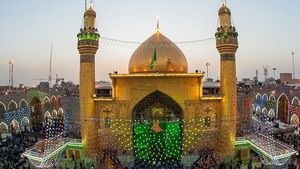
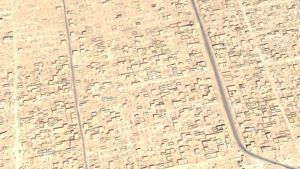
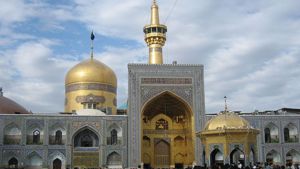
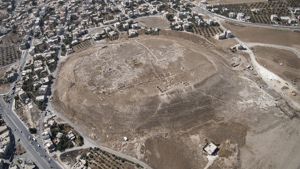

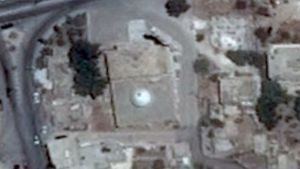
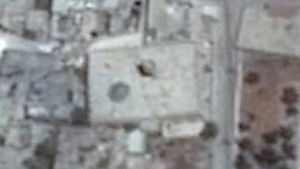
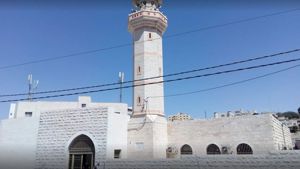
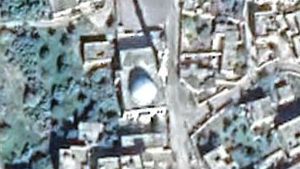
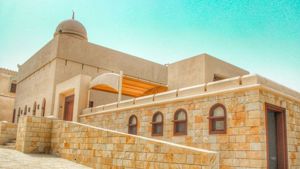
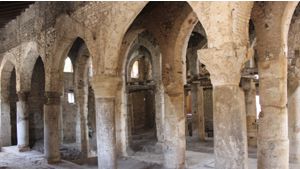
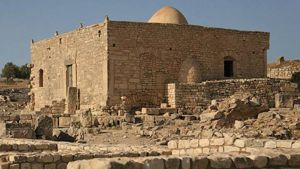
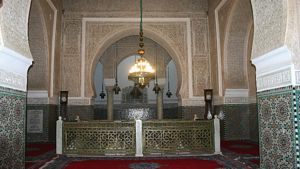
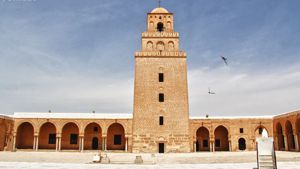
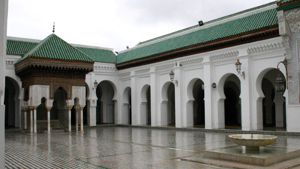

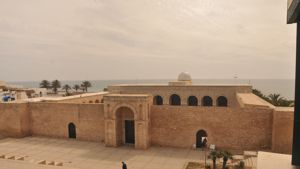
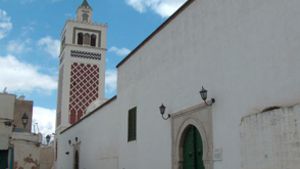
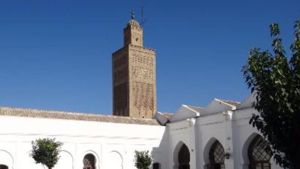


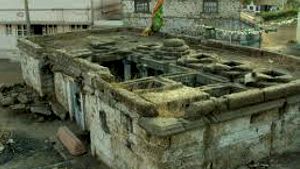
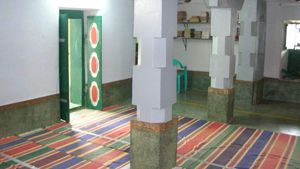
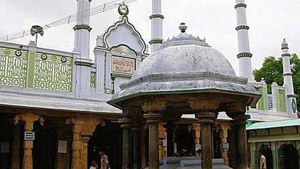
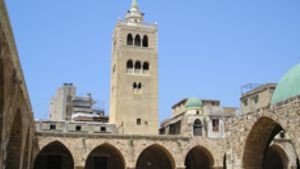
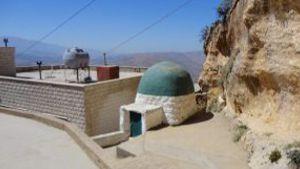

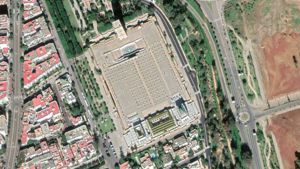
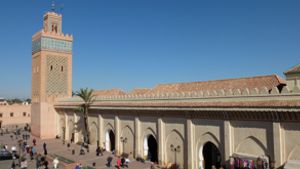

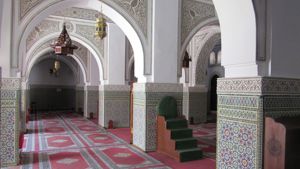
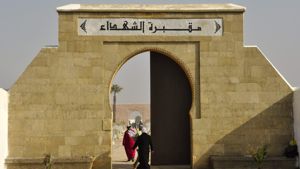
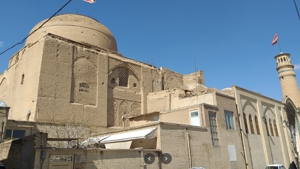
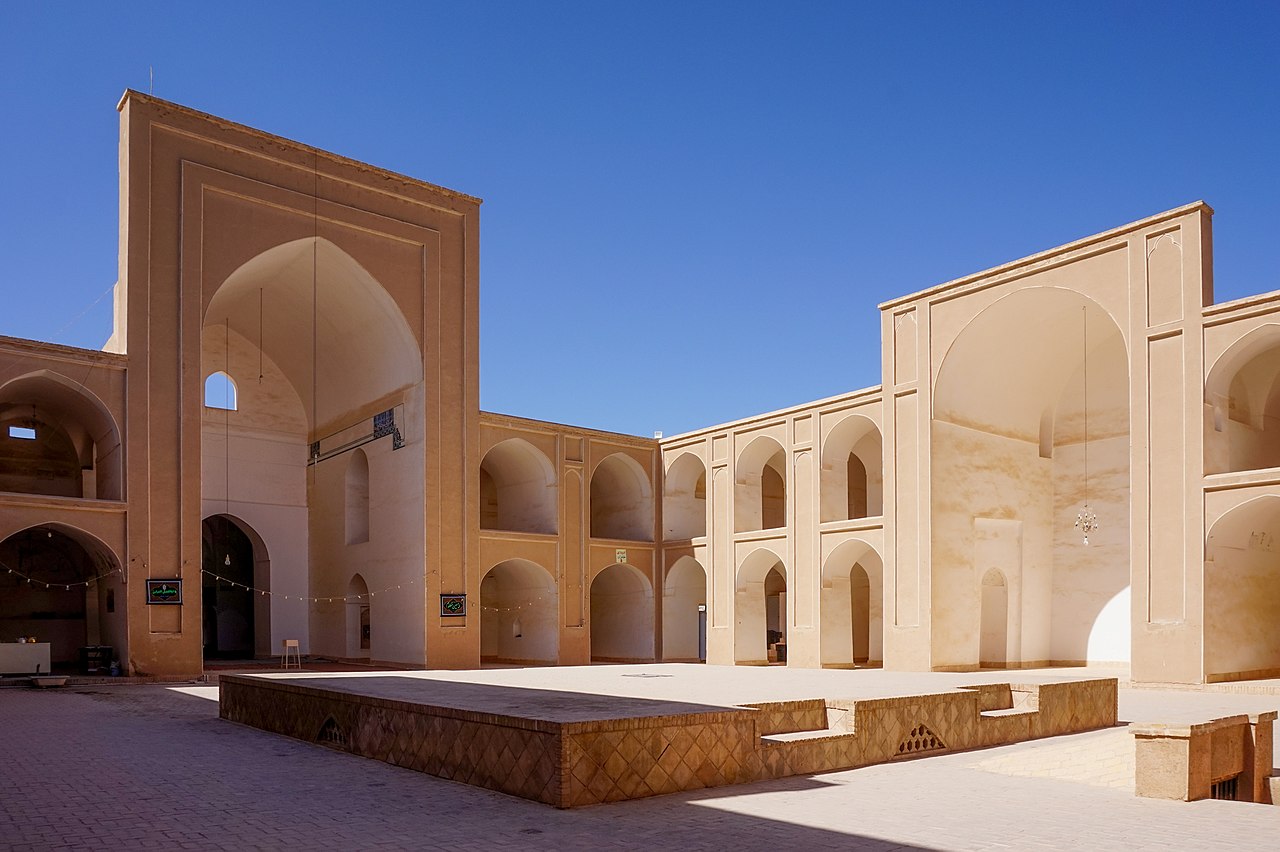
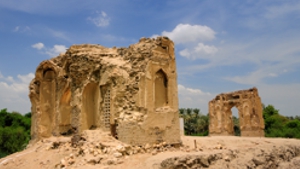
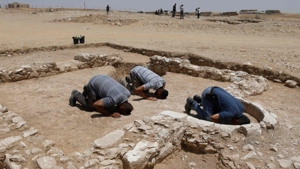
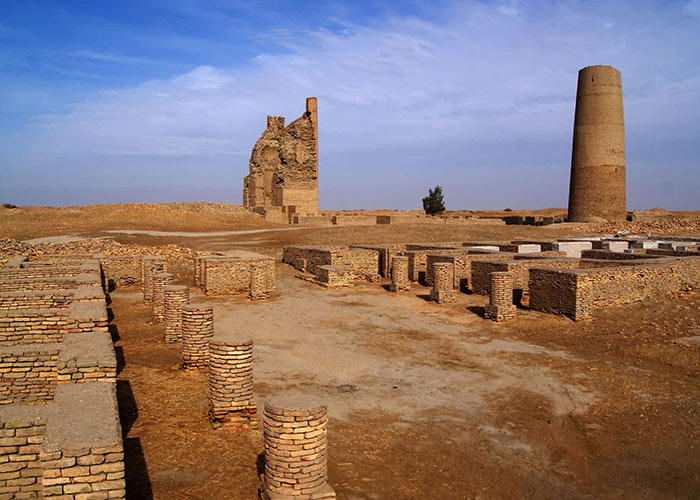


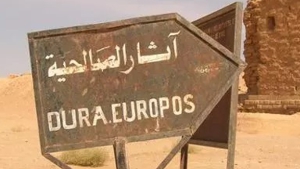
Page Discussion
Membership is required to comment. Membership is free of charge and available to everyone over the age of 16. Just click SignUp, or make a comment below. You will need a user name and a password. The system will automatically send a code to your email address. It should arrive in a few minutes. Enter the code, and you are finished.
Members who post adverts or use inappropriate language or make disrespectful comments will have their membership removed and be barred from the site. By becoming a member you agree to our Terms of Use and our Privacy, Cookies & Ad Policies. Remember that we will never, under any circumstances, sell or give your email address or private information to anyone unless required by law. Please keep your comments on topic. Thanks!